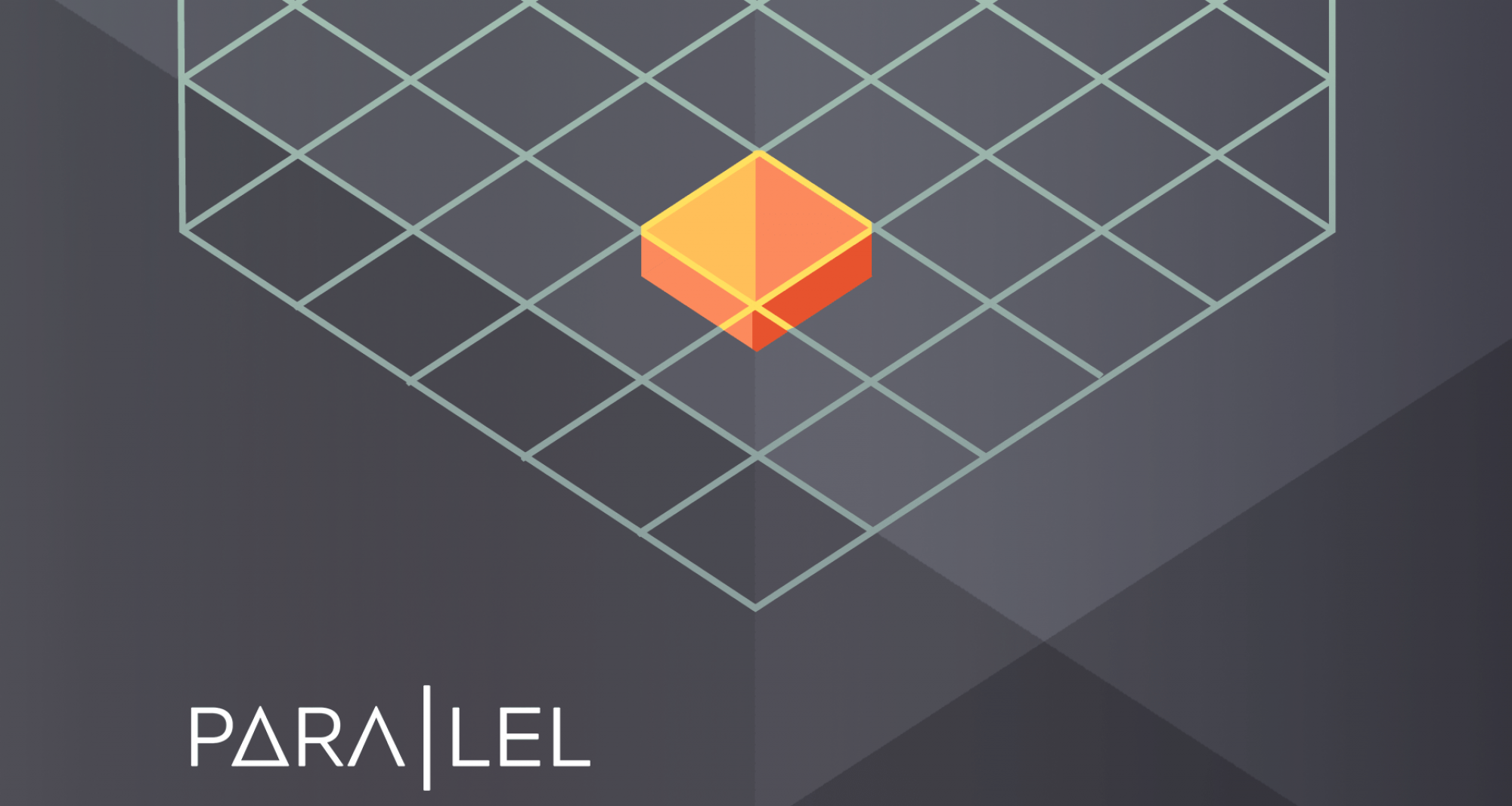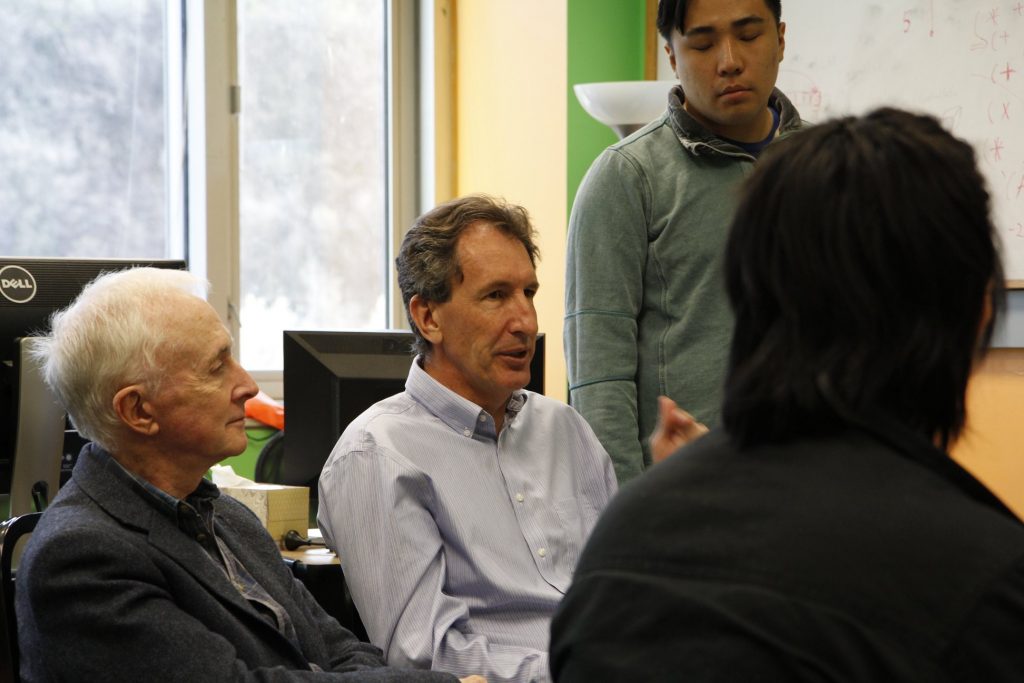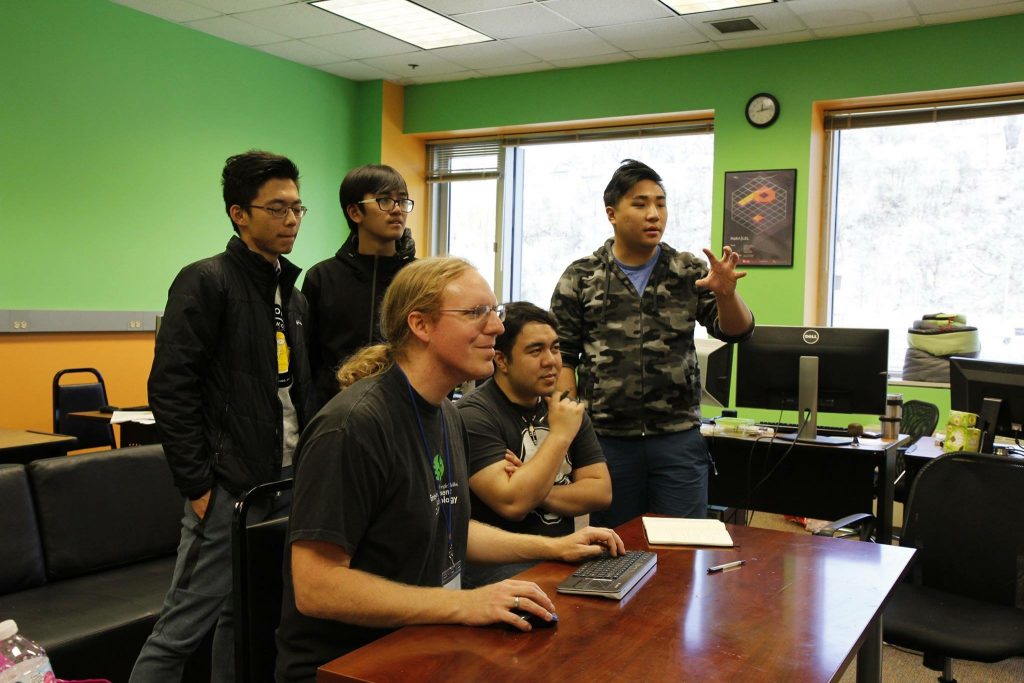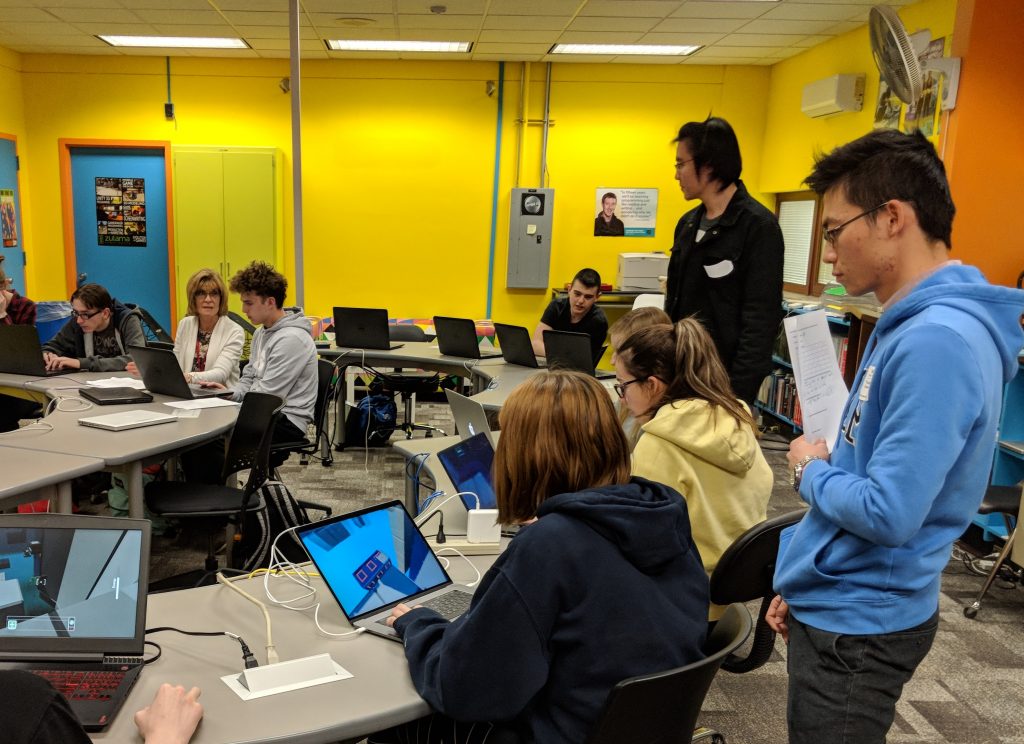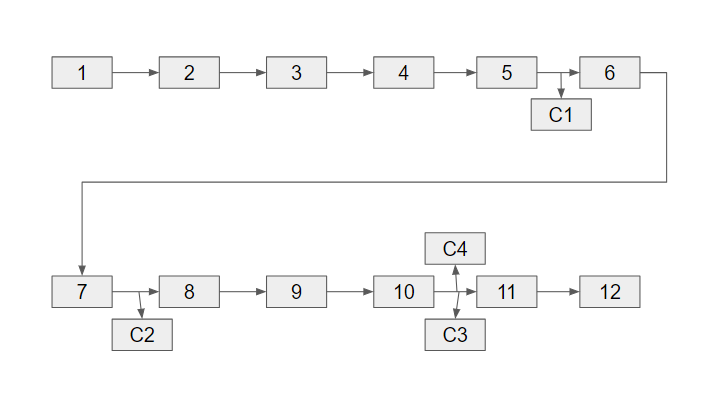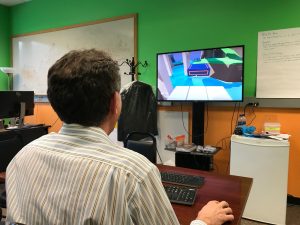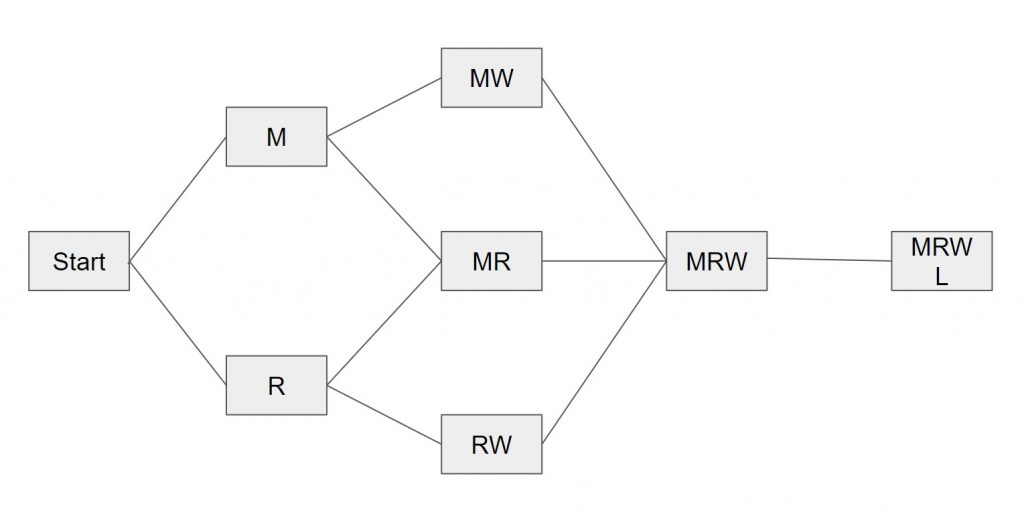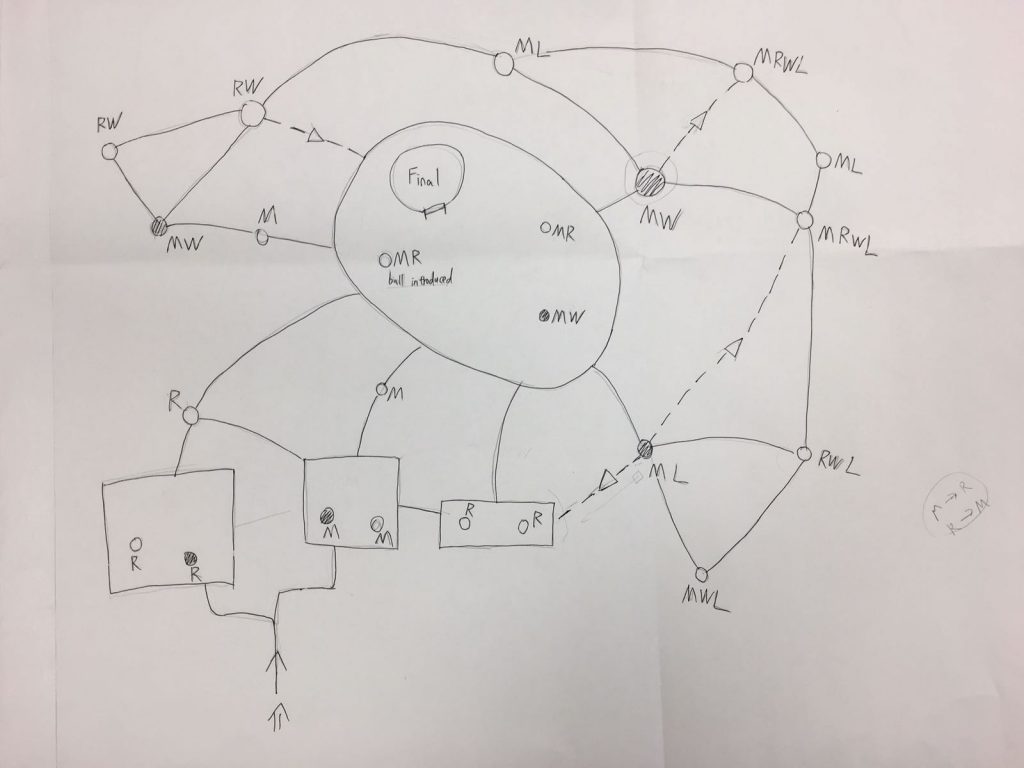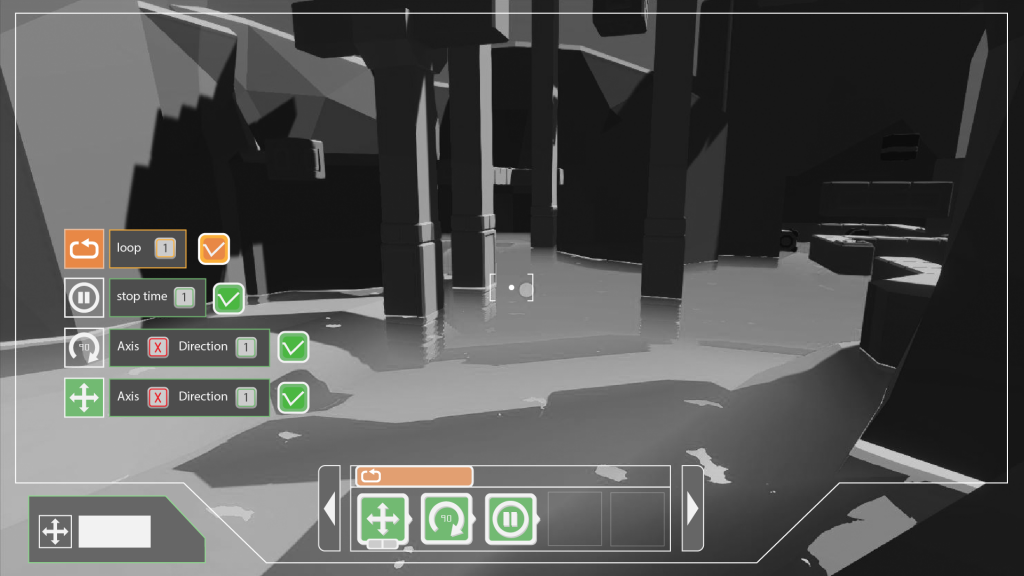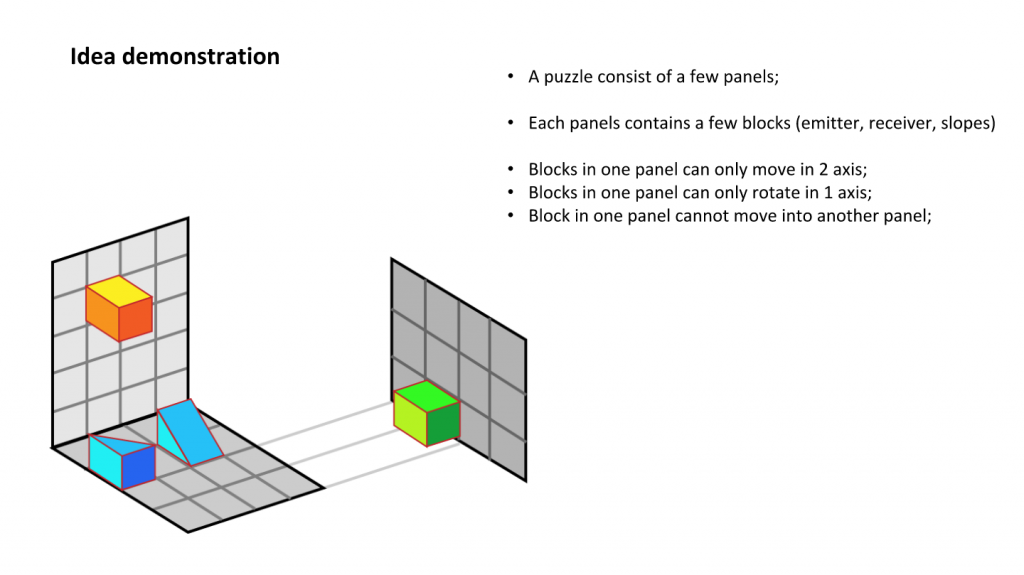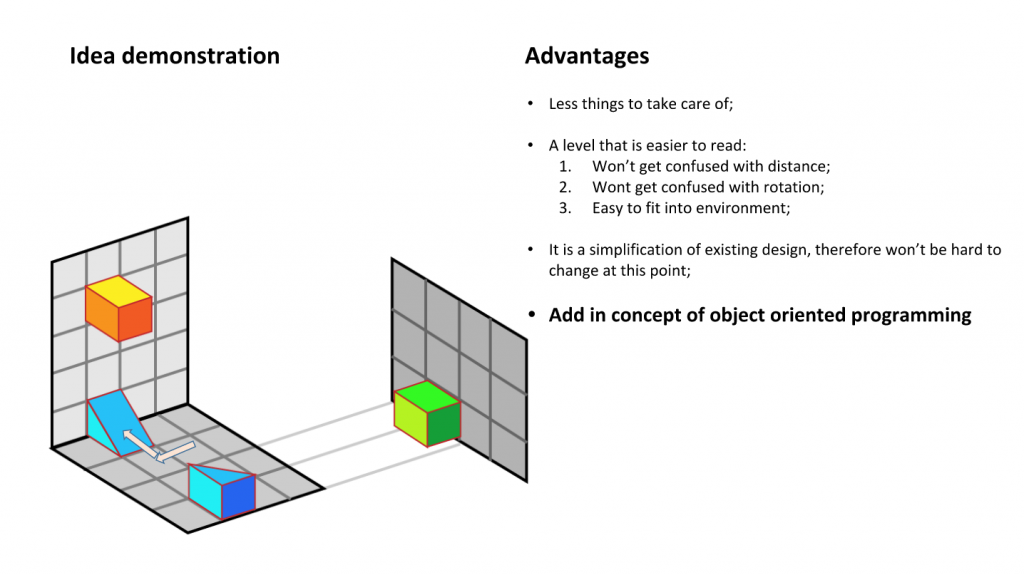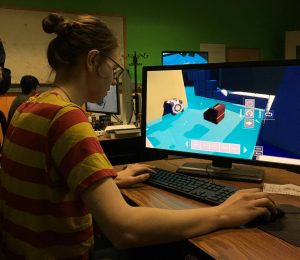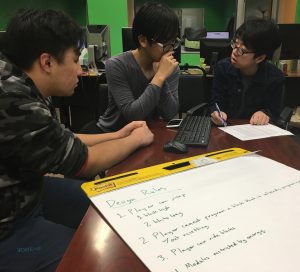Week fifteen update:
We’ve finally made it! In this final week of development, we’ve spent the majority of our time finishing up the final features for the game and preparing our material to showcase at the ETC open house.
On the development side of things, we’ve been finalizing the implementation of puzzle hints and the challenge level functionality – this will allow players to attempt optional puzzles to get hints for more difficult puzzles that will come down the road. We hope this will help get players over some of the more difficult bumps we’ve seen so far.
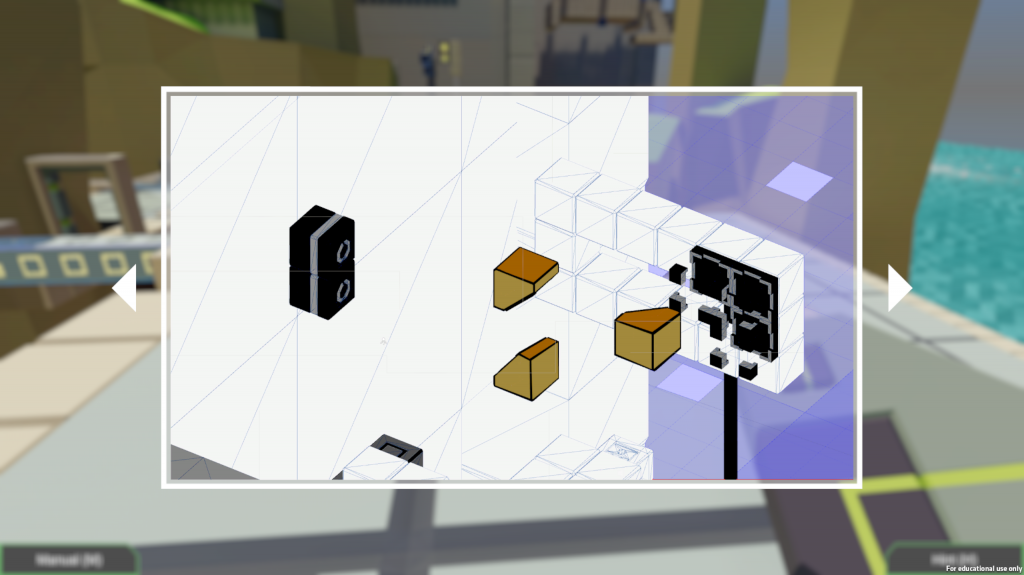
In addition to this, we had our voice actors come from the CMU School of Drama on Friday, May 4th to help us re-record the characters’ voices and perhaps lend more weight to the narrative and interaction with the world. Special thanks to Safiya Harris and Jasit Williams-Singh.
On the documentation side of the project, we’ve been working on our promotional video, giving an overview of the project and the work we’ve done this semester, as well as a post mortem for the project. We’ve also been preparing our final presentation, writing up the slides and practicing our script in the multipurpose room.
The ETC’s first ever spring open house also went well for us. We had a good variety of guests from the local area come through and try our experience, and since we didn’t have time constraints, we were able to see how long players stayed engaged in the game – as a matter of fact, we had our first naive guest finish the game to completion (it took about an hour and a half).
In the coming week, we will be wrapping up the project semester, and the future of the project is still under discussion among our team. For the time being, we all want to take a break and step back to relax for a while before potentially developing the project further. Thankfully, we have multiple avenues open for us through both of our clients, E-Line Media and Endless, who want to see the project developed further and perhaps shipped.
